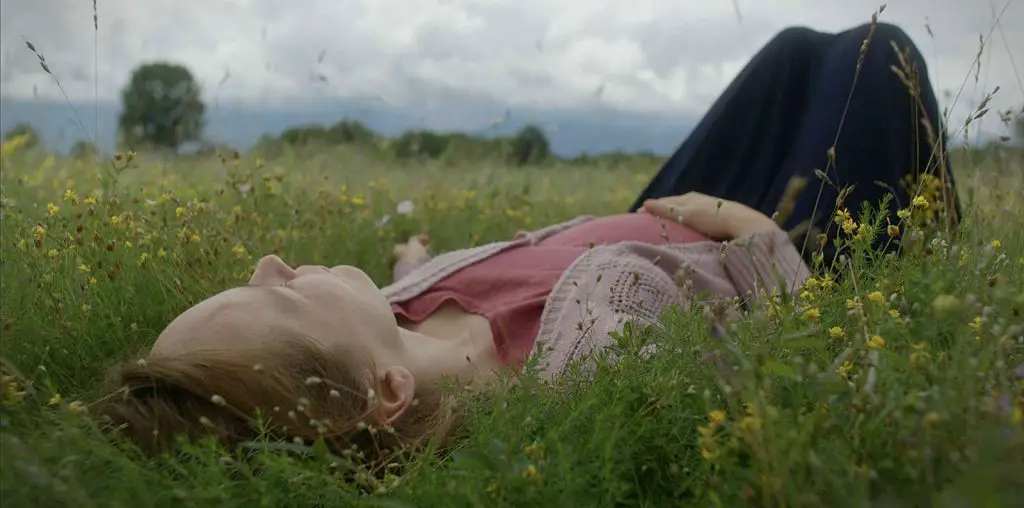
Florida, Georgia, Texas and California are as different from each other as Serbia is from Bosnia, Jerusalem from Istanbul, and Rio de Janeiro from the Amazon region in Acre, Brazil. Chalk it to the way we live with other countries that compels balloon twister Addi Somekh to travel to other countries with photographer Charlie Eckert to capture people of different cultures with his balloon creations on their heads, countless designs created differently and on the spot by Somekh, who doesn’t have anything in mind when he begins, but when he sees the people to whom his creations will belong, different colors and shapes rise out of their heads in his eyes, giving him that inspiration. Somekh started as a young man, irking his mother who didn’t see much value in his passion. However, her objections slowly faded away at the appearance of the balloon flower, a detailed creation.
Somekh should also be made an ambassador to all the United States and to the world. In making balloon hats for people in Bosnia and Jerusalem, and Charlie Eckert taking pictures, Somekh not only puts the people of the world on prominent display, but shows that while they are different, we still share common traits. We are human beings after all, and while we have different cultures, we are the same in adhering to those cultures. The balloon hats are elaborately created, which put wider smiles on the faces of those who wear them and outstanding photographs in the camera of Eckert. One of the main missions here besides that of more happiness around the world is to create a coffee table art book that will not only have people thumbing through the pages to look at the balloon hats, but also perhaps to understand more of the world they can’t see, and be more curious about it too. Imagine if Somekh was invited to the United Nations building, making his balloon hats for ambassadors from all over. Picture him at an expectedly tense meeting between nations. There may be no guarantee that the leaders of the two nations would reach an agreement or even get along more with each other, but it would slice off some, if not all, of the tension.
All the locations featured in “Balloonhat” make this an astounding, emotional documentary, one of the best we’ll see in this decade and the best of any decade. It also highlights the advantages of digital cameras. Easy to carry, easy to use, A.G. Vermouth features beautiful spots of each location with it, including parts of Israel, and even a classroom for Hassidic children, where all get involved with the balloon hats, even the teacher. Religion, daily concerns, wars, and poverty do not get in the way. Somekh also makes language barriers disappear. While he can’t understand the words of the Hassidic children or the teacher, the balloons speak in languages that don’t require words. This is a full journey as well, beginning with the travels and ending with an attempt to make the book, which turns out far off from how it was originally envisioned, a product of America’s need to be so sure of itself and that everything needs to be accessible to a demographic. As Somekh’s balloon hats prove, the demographic is all ages, everyone around the world who is willing to watch the creations being made and to put one on, unlike the Miami Beach population whom Somekh complains are too self-absorbed and too concerned about how they would look. However, he finds three people, two hard bodies who must not be from Miami Beach.
“Balloonhat” is hope for the world. Humanity can be brought together closer, no matter what higher powers like to say, no matter how good and compelling it sounds for a media soundbite. Through Somekh and Eckert, we don’t seem so far away from the world and through Vermouth, we are given the documentary we need in this day and technological age, an inspiration that does so much more than just show balloon hats.
